Hai! Could Indonesia Lose Its Rice Fields to Housing? Minister Nusron Says “Not On My Watch.”
When Nusron Wahid addressed governors and mayors on June 25, 2025, at the IPDN campus in Sumedang, West Java, his tone was firm and his message clear: farmland is off-limits. Not just any farmland specifically those rice paddies already tagged as LP2B, or “Sustainable Food Agricultural Land” zones under national law. These fields, he emphasized, are sacred and non-negotiable .
🚜 What’s LP2B Anyway and Why Does It Matter?
Let’s rewind a bit. LP2B isn’t just a buzzword it’s a legal shield crafted back in 2009 to protect Indonesia’s most vital asset: its rice paddies. In line with Indonesia’s National Medium-Term Development Plan (RPJMN), the government set an ambitious goal 87% of all rice-field areas must be designated as LP2B, never to be turned into something else kompas.com.
Why so urgent? Because the country needs those fields to feed itself. Any loss in rice acreage is a step backward on self-sufficiency. Housing is important, but not if it means buying land at the expense of national food security.
⚠️ Cheap Housing vs. Scarce Rice The Dilemma
Here’s the trade-off: Indonesia needs affordable housing, which often leads developers to eye farmland especially paddy fields, which are flat, close to infrastructure, and relatively inexpensive. Nusron made it simple during the Sumedang session:
“Affordable homes need cheap land. If you keep converting our rice paddies to housing, our food sovereignty fails.”
In other words, cheap housing could come at a high price for the nation’s rice supplies.
✅ Nusron’s “Strict No-Go” Rule
At the heart of Nusron’s message: No LP2B land for housing. Period.
Only land outside LP2B zones can be re-zoned. And even then, it must be a well-considered decision, not just a rubber-stamped developer’s wishlist. To hold local leaders accountable, Nusron is reminding them that protecting food-land isn’t optional.
If someone does slip through the cracks and converts LP2B land, the law is clear: compensation is required, with replacement land of equal farmland quality.
🚧 But It’s Not That Easy
Even with laws in place, real-world enforcement is messy:
-
Local Resistance: Some regional leaders drag their heels on designating LP2B areas. They fear that doing so will scare off investors and dent regional budgets .
-
Conflicting Goals: Local governments juggle two aims: attract investment and preserve farmland. Too often, the build-money mantra wins.
-
Implementation Gaps: Laws exist but without consistent monitoring, LP2B zones can slip through the cracks.
📌 Then What?
Nusron’s IPDN speech is a wake-up call but talk must turn into action.
1. LP2B Mapping Must Be Non-Negotiable
Every village and district must accurately map and protect their LP2B zones so there’s no room for doubt.
2. Root Out Misplaced Permits
If any farmland disappears under a development permit, local heads must take responsibility.
3. Introduce Incentives with Accountability
Land-protection incentives (like funding for irrigation or farming support) already exist in regulations but without proper funding and monitoring, they’re weak. We need a system that pays farmers and villages directly for preserving farmland realestate.
4. One-for-One Land Swap
Only when farmland is truly essential for public need like infrastructure should swaps be allowed. And replacements must match the agricultural output of what was lost.
🌾 Why It’s a Big Deal
-
Food Security: Rice is Indonesia’s staple. Even a small dip in supply can lead to price spikes.
-
Climate Resilience: Farmland offers ecological benefits absorption of rainwater, carbon storage not easily replaced by concrete.
-
Social Stability: Farmers need reliable land to live and plan ahead. Losing that threatens rural communities.
🗨️ Final Word
Nusron Wahid’s blunt framing “If it’s LP2B, don’t touch it” may seem fierce, but it reflects the urgency of the situation. As cities expand and politics shift, we must not sacrifice the fields that feed our people.
If Nusron’s warning sticks, Indonesia could strike a rare balance: modern housing and thriving agriculture, side by side not one feeding off the other. But only if local officials, legal systems, and communities step up now.
Because once a field becomes pavement, there’s no turning back and neither is reversing a food security crisis.
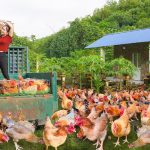
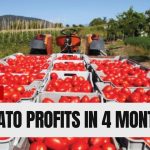
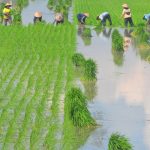
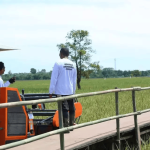
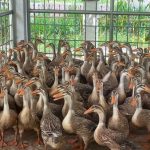
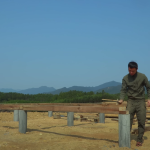
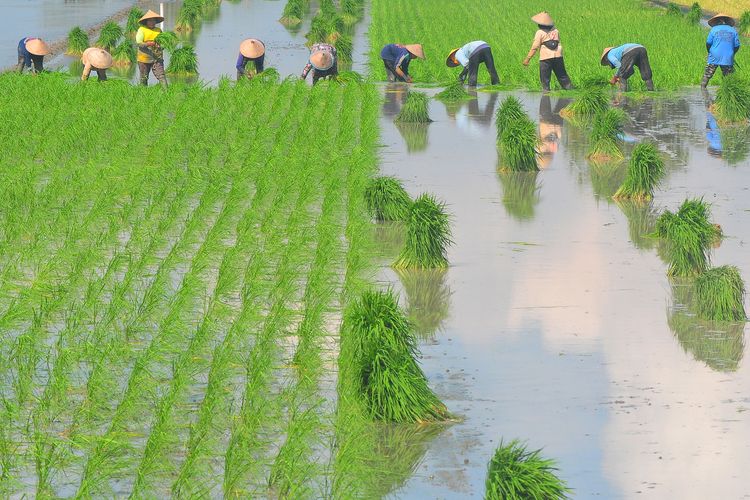
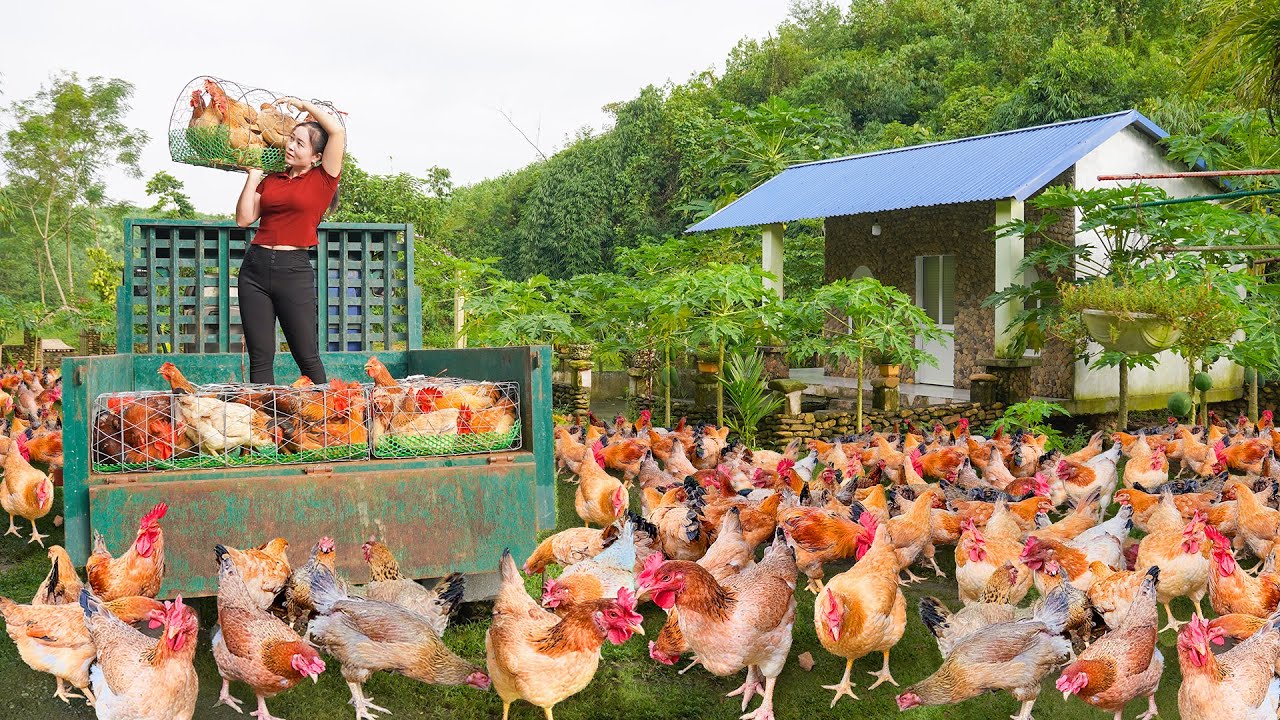

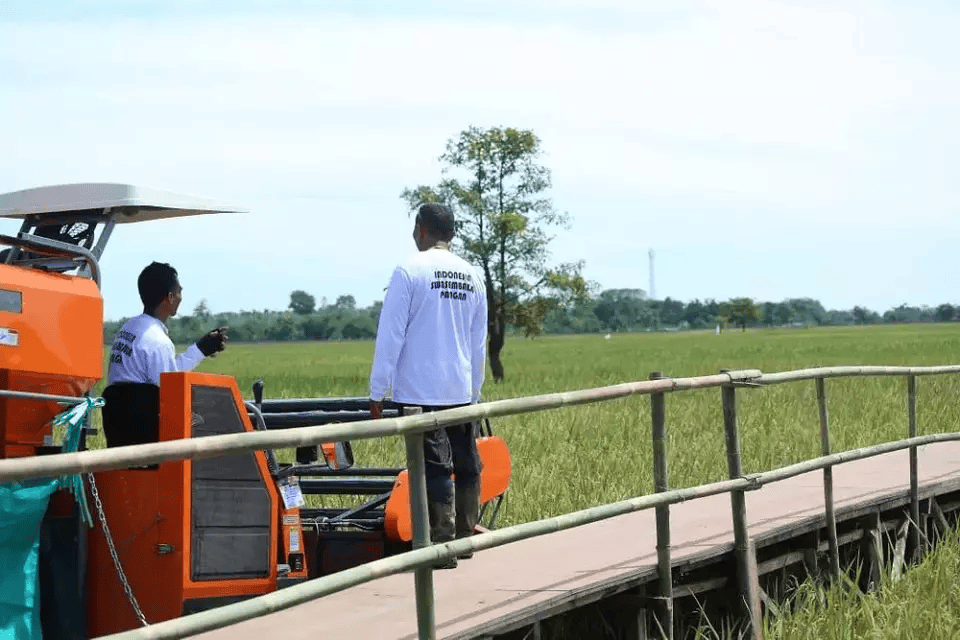
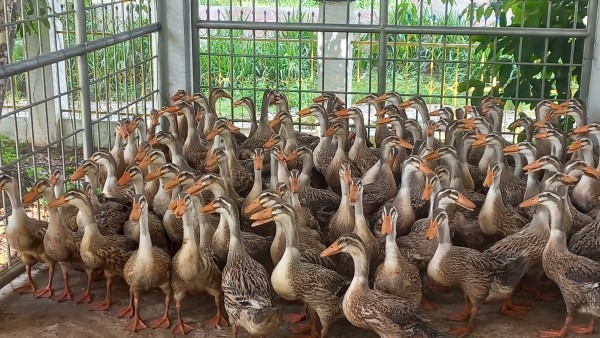
thanks you for the information.
https://t.me/s/Official_1xbet_1xbet
https://t.me/s/Official_VOLNA_VOLNA
https://t.me/s/reyting_online_kazino/12/RTP_i_Modern_Technology
It’s fascinating how quickly gaming tech is evolving! Seeing platforms like PH987 focus on anticipatory experiences is key. Secure PH987 login register is crucial for that immersive future – smart move prioritizing player experience!
Really enjoying learning more about slots – so many options! Seeing platforms like queen ph link cater specifically to the Philippine market with easy GCash deposits is smart. Makes getting started much simpler for local players! 👍
Fascinating to see how gaming evolved in the Philippines! Early forms were quite different from today’s sophisticated platforms like phpearl login, which really prioritize localized experiences & secure play. The integration of statistical tools is a smart move!
Blackjack strategy is all about minimizing the house edge, and understanding that’s key! It’s cool to see platforms like perya plus apk embracing responsible gaming – a balanced approach is so important for enjoying any game, like those classic ‘perya’ games! 👍
Interesting read! Understanding RTP is key to smart baccarat play, and it’s great to see platforms like joinnow ph tnt slot being transparent about those stats. Solid foundation for informed decisions! 👍
That’s a fascinating point about player preference – localization is key! Seeing platforms like ph987 legit really nail that with tailored games & strong security is impressive. It’s a smart move for the Philippines market! 🤔